George Balanchine’s Serenade, the manifesto of 20th-century neoclassical choreography, requires a deep understanding of both its complex stylistic nuances and its fascinatingly elusive visual metaphors. Many recent stagings have failed to meet such criteria, but not the performance I saw last week. Things did not exactly start especially well, as the opening group of ladies with raised arms lacked ‘magic’ evenness. But as soon as both Marianela Nuñez and Lauren Cuthbertson darted on stage, the whole performance became incandescent. The two artists, perfect modern-day incarnations of Balanchine’s female ideal, were soon joined by the equally superb Melissa Hamilton and the neoclassical perfection of Matthew Golding. Ryoichi Hirano, too, was good, but did not possess the fluid gravitas required in the so-called ‘angel of death’ section.
By the time the curtain came down, I was in terpsichorean heaven. Such enthusiasm helped me to confront the sudden change in atmosphere, brought about by the darker tones of Liam Scarlett’s Sweet Violets. Unlike opera, in which murders abound, ballet has never been a good platform for gory assassinations — even though there are famous exceptions. Scarlett’s work focuses on Walter Sickert’s interest in both Jack the Ripper and the unsolved case of the Camden Town Murder. There are some great moments, which highlight Scarlett’s unique compositional artistry, but the work drags, lacking the ‘impressionistic’ immediacy one would expect from a ballet inspired by Sickert. Pruning, alas, is not an option, as the action follows Rachmaninoff’s ‘Trio élégiaque’, which cannot be ‘edited’ for dramaturgic and choreographic purposes. At least the work’s sombreness created a vibrant contrast with Christopher Wheeldon’s DGV: Danse à grande vitesse, an ideal end to this programme.
The triple bill was not the sole balletic joy of the week. At Sadler’s Wells, Scottish Ballet paid a welcome visit with Krzysztof Pastor’s version of Romeo and Juliet. This 2008 reading of Prokofiev’s 1935 score is one of the most interesting new versions of the ballet. In collaboration with Willem Bruls, the choreographer sets each act in a different decade. The work starts with a game of projections using material from the archives of the Italian Istituto Luce, which produced the cinematic newsreels of the fascist era. After a splendid combination of images and music, we are introduced to the Capulets, seen here as members of the rising ‘Fascisti’, and acting in line with the violent practices of the notorious ‘squadracce’ — or fascist gangs. In the second act, the action swiftly moves to the Italian postwar era, through visual and choreographic ideas that show a sound knowledge of Italian history and cinema. The Capulets become the ‘nostalgici’, those who remained ideologically faithful to fascism after its demise; the act concludes with visual records of the neofascist terrorist attacks that wounded Italy from the end of the 1960s.
Act three takes place in the 1990s, and the continuing presence of the Capulets adds a rather uneasy reference to what was and is still going on in the country where I was born. The shifts in time thus combine the notion of Shakespeare’s timeless tale with a dramaturgically vibrant political subtext. Whether it works depends on how much viewers know of Italian history.
Choreographically, the work is enticingly rich and it never loses momentum, thanks to radical but effective choices: both Mercutio’s and Tybalt’s deaths have none of the absurd balletic twisting and jumping one sees in other versions. The company looked fantastic, and showed that, contrary to what blinkered ballet directors and teachers believe, there is nothing wrong with fast tempi.
Got something to add? Join the discussion and comment below.
Get 10 issues for just $10
Subscribe to The Spectator Australia today for the next 10 magazine issues, plus full online access, for just $10.
You might disagree with half of it, but you’ll enjoy reading all of it. Try your first month for free, then just $2 a week for the remainder of your first year.

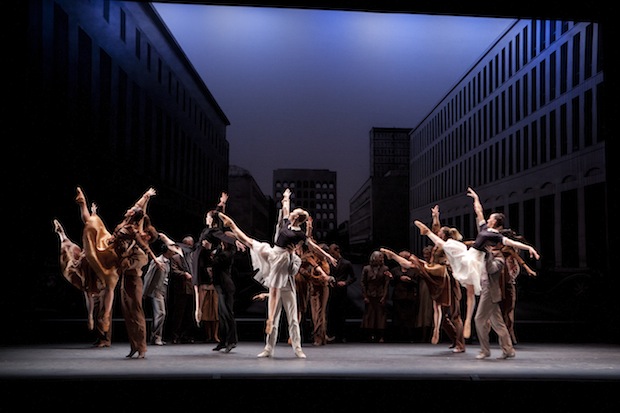
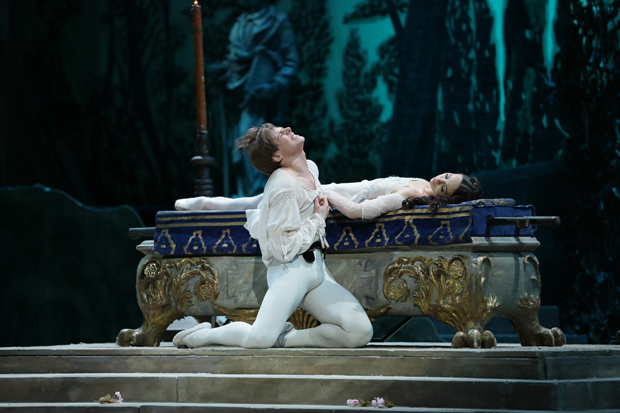
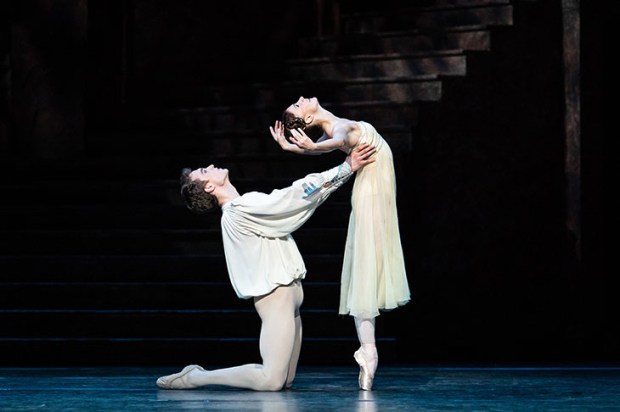
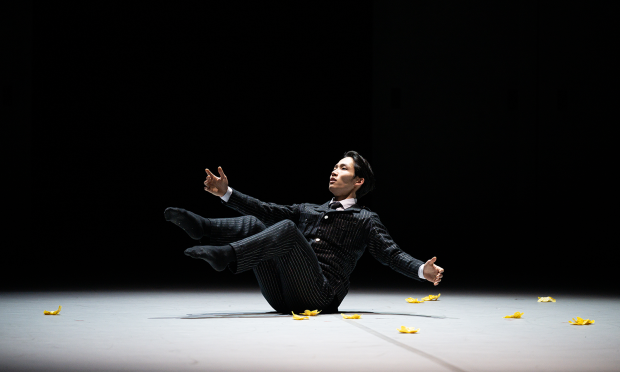
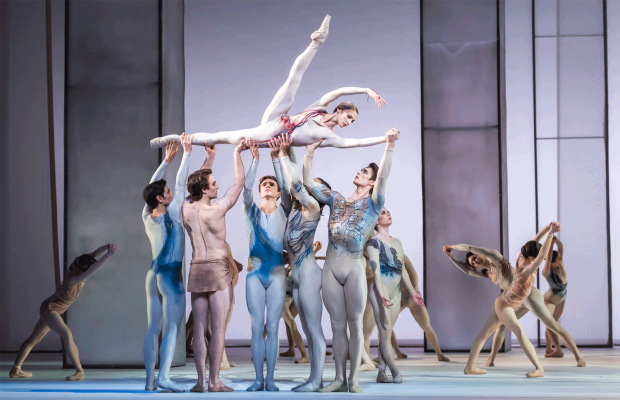
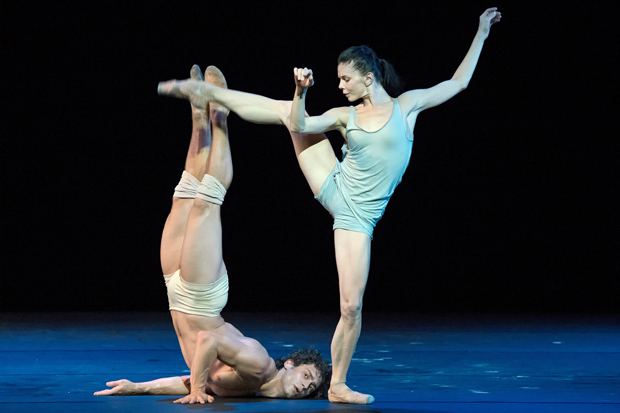
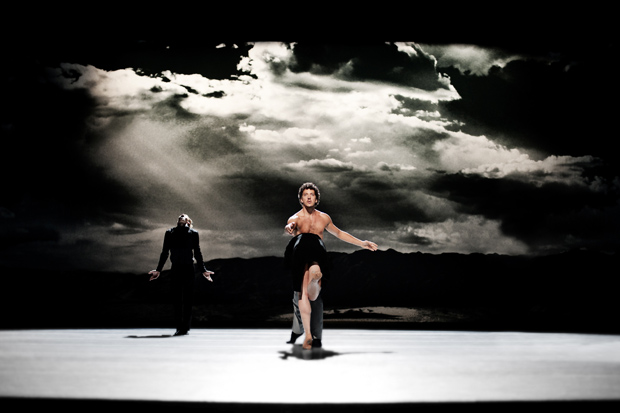






Comments
Don't miss out
Join the conversation with other Spectator Australia readers. Subscribe to leave a comment.
SUBSCRIBEAlready a subscriber? Log in